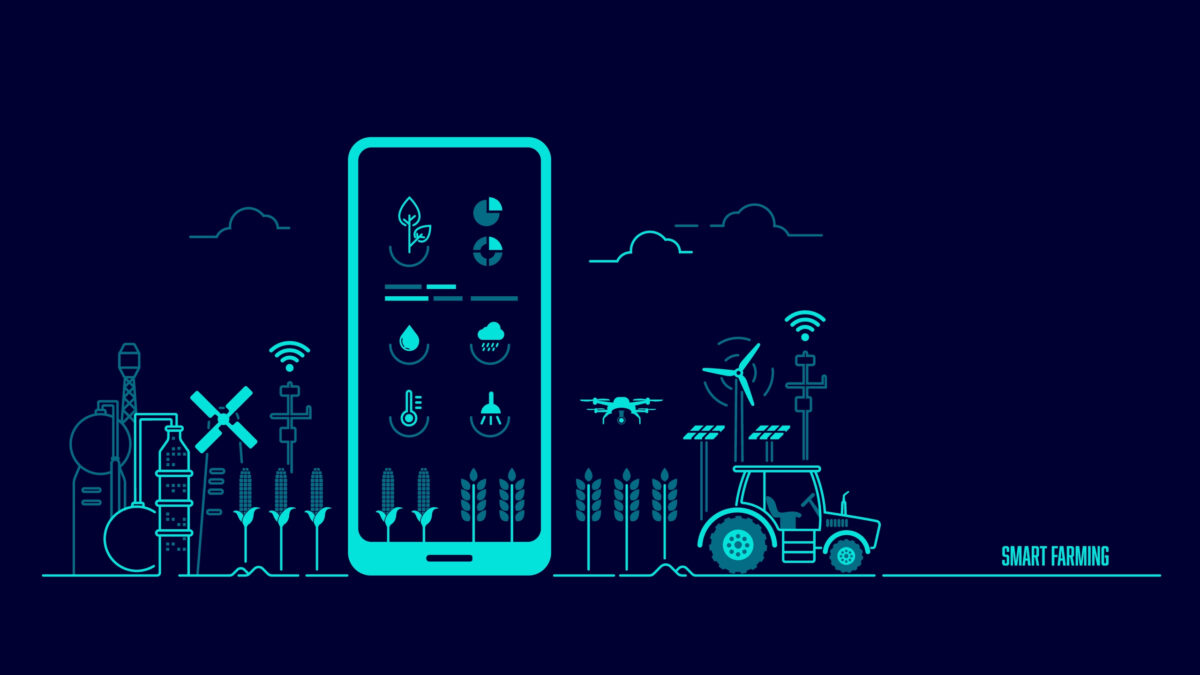There are technologies capable of transforming cultivation methods, significantly contributing to the productivity and profitability of agricultural operations, according to a report by researchers at the Agricultural University of Athens. The digital technologies expected to develop rapidly – changing everyday life in the field, saving farmers time and effort, and simultaneously increasing the productivity of their farms – are: 1) Remote Sensing / Use of sensors; 2) Robotic systems; and 3) Artificial Intelligence.
Remote sensing
Technologies such as sensors and satellites can be utilised across all forms of agricultural operations, regardless of size, providing vital information and responding to unpredictable factors, such as weather conditions or crop pests and diseases. These technologies assess the properties of plant organisms and provide estimates of moisture, growth, and crop yields. In this way they make a vital contribution to effective crop management.
Robotic systems
Robotic machines and vehicles are already seeing use in agricultural activities (light tilling, pesticide spraying, applying fertiliser and harvesting crops). Small robotic vehicles are especially useful in greenhouse farming, saving producers both effort and money. Furthermore, robotic milking systems are becoming increasingly widespread in dairy farming.
Artificial intelligence
Artificial intelligence applications in agriculture show promising results in addressing crop issues such as weed detection and control, disease diagnosis, and crop identification. AI is expected to play an important role in decision-making in the field, analysing and estimating factors like environmental conditions, harvesting practices, the farm’s financial needs, soil characteristics, and water availability. These technologies continue to improve and evolve, demonstrating strong potential for successful implementation in the field.










